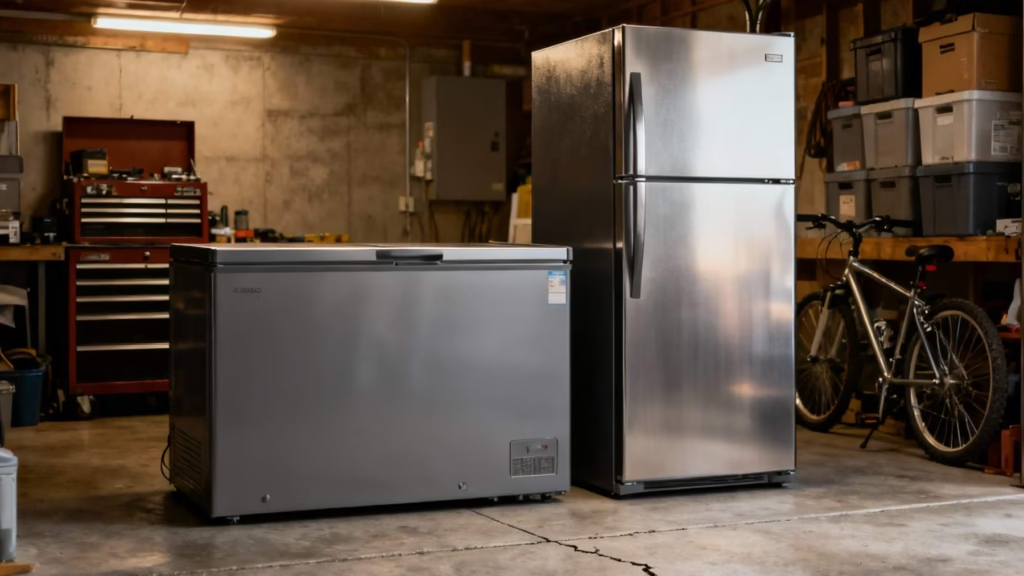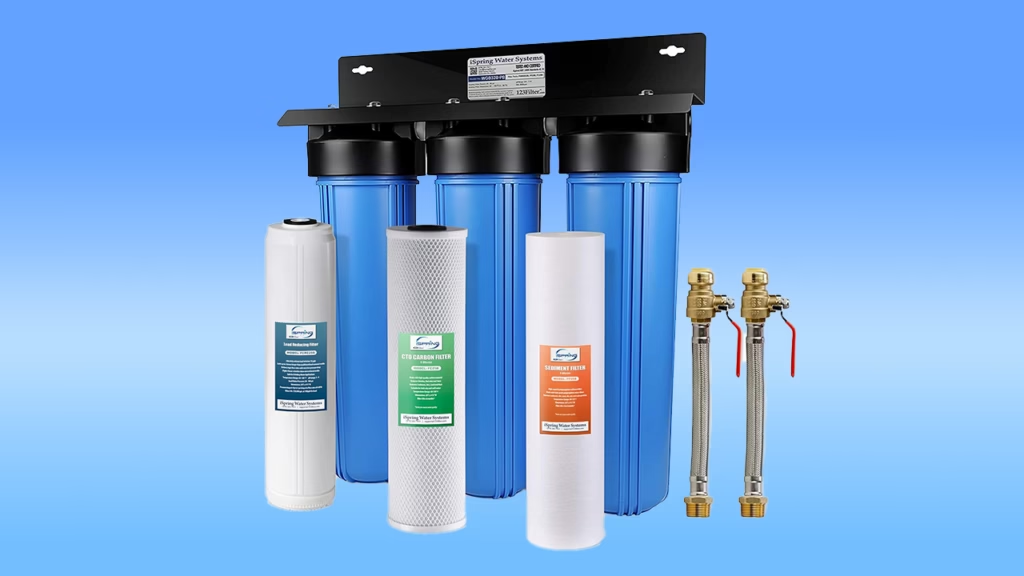Get simple APES MCQ tips and smart strategies for the multiple choice section. Learn what worked for students in 2024 and 2025 to boost your own score in 2026.
Key Takeaways
Want to do well on the AP Environmental Science multiple choice part? You need a good plan. This section has 80 questions. You get 90 minutes to finish it. It counts for 60% of your total exam score.
The good news? In 2025, more than 55% of students passed, up from 53% in 2024. Students who used smart test-taking tricks did better. You can also use tools like the APES Score Calculator to estimate your performance and set clear goals. This guide gives you seven simple strategies to help you succeed in 2026.
Table of Contents
Why the Multiple Choice Section is a Big Deal
Walk into your 2026 APES exam feeling sure of yourself. The multiple choice part is a huge 60% of your score. It feels scary—80 questions in 90 minutes on so many topics. But it doesn’t have to be. With the right plan, you can make this part your best friend.
In 2024, only about 53% of students passed the exam. But by 2025, that number jumped to 56%. Why? Students learned better ways to prepare. They focused on understanding, not just memorizing.
This post shares seven top tips from recent exams. Use them to aim for a top score or just to pass. Let’s change how you study, starting now.
Strategy 1: Know the Test Format and Questions
Start by knowing exactly what the test looks like. The questions are not random. They test how well you use ideas in real life.
What the Test Looks Like
You will answer 80 questions in 90 minutes. That’s just over one minute per question. About 55-60% are single questions. The other 40-45% are sets of 3-4 questions based on a graph, map, or table.
Students who knew this format did much better on practice tests. They were not surprised on test day. The sets often ask you to read environmental data, like pollution trends.
Common Question Types and How to Handle Them
- Knowledge Questions: These ask for basic facts. Tip: Use flashcards for quick reviews.
- Application Questions: You use a concept to solve a problem. Practice with sample questions.
- Analysis Questions: You look at a situation and figure out what it means. Using real examples helps a lot.
Know the nine main topics. Some, like Ecosystems, have more questions. Check the official course guide to see what is most important.
Strategy 2: Learn the Core Ideas and Words
Don’t skip the basics. Not knowing key words caused many errors. Words like “eutrophication” are building blocks for answers.
Focus on the Big Topics
Spend more time on topics with the most questions. Populations and Energy Resources are two big ones.
Make a list of 200-300 key terms. Group them by topic. Use memory tricks. Daily quizzes on these words can really help you remember them.
Connect Ideas to the Real World
Link ideas from different units. See how air pollution connects to water ecosystems. Top students use real stories, like acid rain effects, to learn. Drawing pictures in your notes also helps many students remember.
Test yourself each week on 20-30 ideas. Do it under time pressure to build stamina.
Strategy 3: Use Your Time Wisely
With 80 questions in 90 minutes, time is tight. In 2024, one in four students ran out of time.
The Two-Pass Method
Try this: On your first pass, answer all the easy questions. Skip the hard ones. On your second pass, go back to the ones you skipped. This method helps students finish more questions correctly.
Set a goal. Try to finish the first 40 questions in about 40 minutes. Practice with a timer. It works.
Dealing with Graphs and Data
Graphs and tables can take a lot of time. Here’s a trick: Read the questions first, then look at the data. This helps you know what to look for.
Take short breaks during your practice. This copies real exam tiredness. Remember, there is no penalty for a wrong answer. So, guess if you have to! A good guess can earn you points.
Strategy 4: Get Better at Reading Data
Many questions have graphs or tables. In fact, about 40% of the section is data-based. Misreading a chart is a common mistake.
How to Read Graphs, Charts, and Maps
Practice looking at the axes, labels, and trends. For example, can you quickly see the difference between renewable and non-renewable energy on a graph? Top students looked at lots of practice charts and got much better.
Ask yourself: What does this graph show? Is there a link between the two things? Some maps ask about biodiversity hotspots. These can be tricky, so study global patterns.
Doing the Math
Some questions need simple math. You might calculate a growth rate. You can’t use a calculator, so practice doing math in your head. Know the main formulas. Students who practiced this did better on math questions.
Use different kinds of data in your study, like climate models.
Strategy 5: Learn to Eliminate Wrong Answers
When a question is hard, don’t just guess. Use the Process of Elimination (POE). It boosts your chances a lot.
How to Eliminate Choices
Read all the answers. Cross out any that are clearly wrong. For example, if a question is about green farming, get rid of any choice that goes against known good practices.
Watch out for extreme words like “always” or “never.” They are often wrong. If two answers seem very similar, one is probably a trap.
Make a Smart Guess
If you have it down to two choices, pick the one that fits the main ideas of the class. This simple trick can earn you extra points. Practice this skill every week.
Strategy 6: Practice with Real Questions
The best way to get better is to practice. Students who did over 500 practice questions saw their scores go up.
Find Good Practice Tests
Use real questions from past exams. Do full practice tests. Time yourself. Try to do two practice tests each week in the final month before your exam.
Look at how questions in a set build on each other.
Copy the Real Test
Practice in a quiet room. No phone, no distractions. Students who did this felt less nervous and more focused on test day.
Mix easy and hard questions in your practice, just like the real test.
Strategy 7: Learn from Your Mistakes
The final key to success is to review your errors. Students who did this improved their scores a lot.
Keep an Error Log
Write down your mistakes. Sort them: Was it a knowledge error? A careless error? A timing error? If you keep getting a topic wrong, go back and study it.
Get Feedback
After each practice test, spend 30 minutes looking over wrong answers. Talk about them with friends in a study group. Top students said this helped them understand more.
Change your study plan each week based on what you need to work on most.
You Can Master the APES MCQ Section
You now have seven smart strategies to beat the multiple choice section. You learned how to manage time, read data, and eliminate wrong answers. The rising pass rates show that a good plan works.
Your main task: Start using these tips today. Find a practice test and begin. Your high score is waiting for you!


























